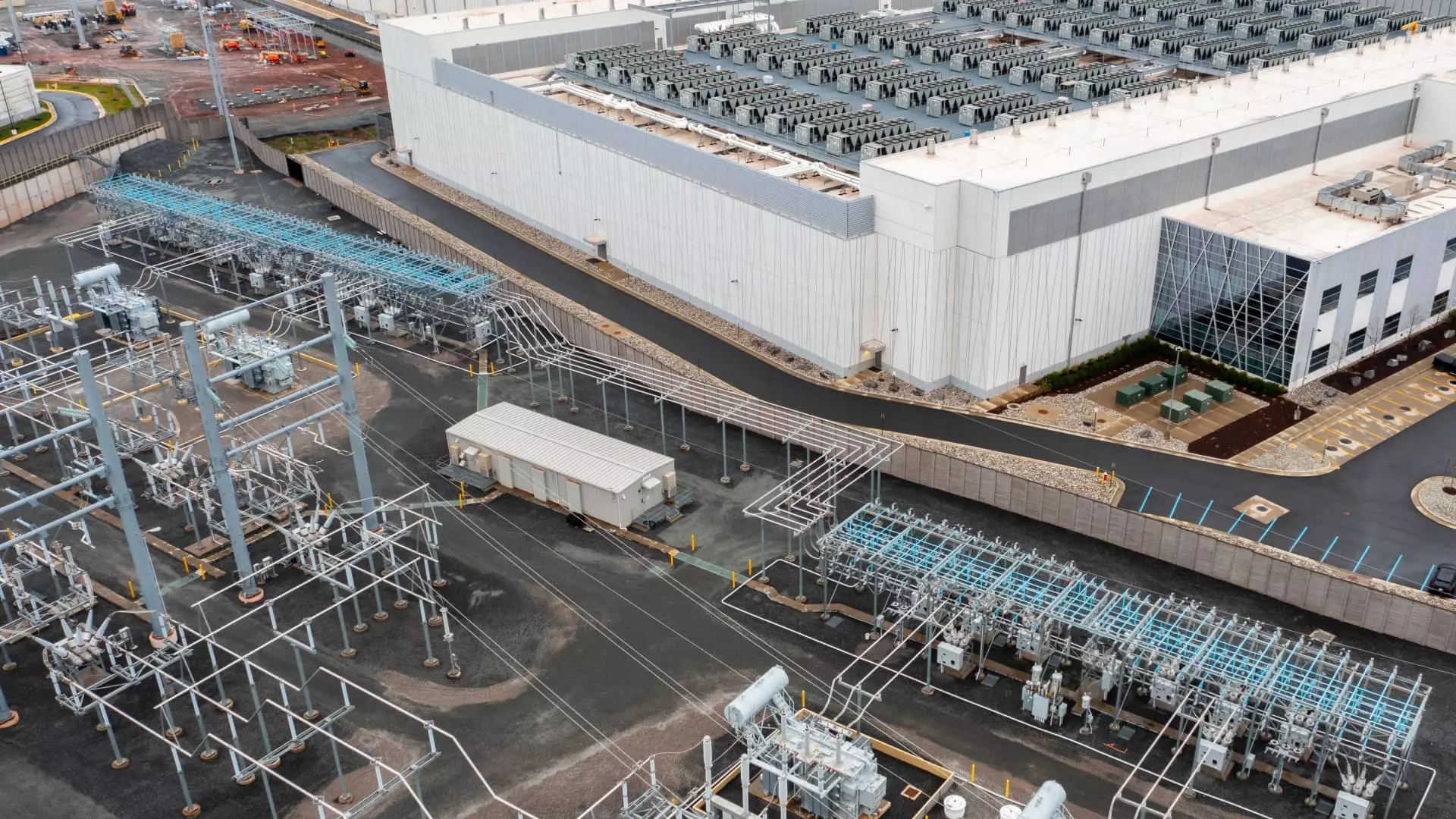In an era dominated by rapid technological advancements and an insatiable demand for energy, the intersection of artificial intelligence (AI) and nuclear power is becoming increasingly critical. The technologies driving AI applications, particularly in cloud computing, require substantial electrical resources. Companies like Amazon are pushing the boundaries to expand their data centers, which house countless servers and complex algorithms. However, recent developments surrounding an ambitious proposal to fuel Amazon’s data center with nuclear power from the Susquehanna plant highlight the challenges of this integration, leading to broader implications for both tech firms and energy producers.
On a seemingly routine Friday, the Federal Energy Regulatory Commission (FERC) dealt a significant blow to the aspirations of Talen Energy and Amazon. The request to increase the power allocation from the Susquehanna nuclear plant— from 300 megawatts to 480 megawatts— was dismissed. This decision not only reflects regulatory hurdles that such partnerships face but also signals the complexities involved in aligning energy infrastructure with the contemporary demands of mega corporations. After Talen’s acquisition of the Amazon data center campus for a staggering $650 million, this rejection came as a shock for investors anticipating a more harmonious relationship between tech powerhouses and energy producers.
The aftermath was swift; Talen’s stock tumbled over 5%, followed by sharp declines in other energy stocks like Constellation Energy and Vistra Corp. This showcases how intertwined the fates of technology and energy companies have become, leading to a ripple effect in stock markets when significant developments occur.
Co-location, the practice of situating energy generation close to data centers, was touted as a potential game changer for both grid reliability and consumer costs. While the potential benefits are undeniable, the route to harnessing these advantages is fraught with bureaucratic and logistical challenges. FERC Commissioner Mark Christie’s comments underscore the potential implications of this rejection not just for Talen Energy but for the energy landscape in key states like Pennsylvania, Ohio, and New Jersey. A chilling effect on economic development may ensue if regulatory bodies continue to restrict such partnerships, which could sideline innovations aimed at increasing efficiency and sustainability.
Talen’s response to this regulatory setback illustrates their concern over the broader impacts of such decisions. By stating that the FERC’s denial is a hindrance to economic progress in the region, they highlight the essential need for aligning regulatory frameworks with the advance of new technologies.
Despite the setback, Amazon still retains access to 300 megawatts of power from the Susquehanna plant, indicating that the project is not entirely defunct. This presents a possibility for energy companies to rethink strategies and find commercial solutions that comply with regulations while still meeting the demands of tech giants.
Interestingly, the FERC’s decision does not affect Constellation’s efforts to revive the Three Mile Island nuclear plant under a power purchase agreement with Microsoft. This distinction illustrates that while one avenue was blocked, others remain open for energy-tech collaborations. While Three Mile Island will distribute power to the grid rather than directly service Microsoft’s data centers, it highlights a potential pattern of energy producers seeking alternative partnerships with tech firms in innovative manners.
As energy consumption continues to rise exponentially, the quest for sustainable sources becomes more urgent. Both Vistra and Constellation have already seen their stock values surge due to optimistic forecasts surrounding energy demand driven by tech companies’ expansion. With nuclear energy at the fore due to its reliability and minimal carbon footprint, the onus is on both regulators and power producers to establish frameworks that facilitate collaboration without falling victim to bureaucratic inertia.
The intersection of AI and energy resources remains a volatile yet promising terrain. The recent FERC ruling is just one chapter in a larger narrative that involves navigating regulatory roadblocks while meeting high-energy demands. As tech giants like Amazon aim to innovate continuously, the energy sector must adapt and evolve, working cohesively to ensure that innovation does not come at the cost of sustainability.

